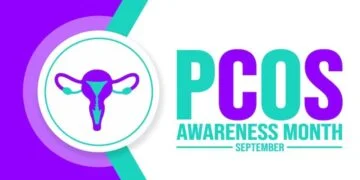The economic situation in Sri Lanka is dire, on a scale that has never been seen before. The Ukraine crisis has exacerbated the island nation’s problems, which have been simmering for years.
The value of the Sri Lankan rupee against the US dollar has fallen to record lows. Annual inflation is well into the double digits. There are limitations on what can be imported. On top of that, our country is on the verge of default.
As a result, there are frequent power outages. Many Sri Lankans are finding it increasingly difficult to afford fuel, food, and medicine, all of which are largely imported. Schools are forced to delay exams because even printing paper is in short supply. This city has seen its largest protests in a long time because of the problems. Troops have been sent to put an end to them.
Foreign aid, including from the country’s two largest trading partners, is now being sought by Sri Lanka. In addition to the $2.8 billion already extended, China is considering a further $2.5 billion offer, and India has put up $2.4 billion. Governments led by the IMF and the World Bank are currently negotiating a larger aid package that President Gotabaya Rajapaksa had previously refused to enter into because of the often onerous terms they require.
The current crisis was exacerbated by policies that I personally witnessed as an economist and former Central Bank official in Sri Lanka. Because of this, the long-term economic, financial, and political health of Asia’s oldest democracy is in jeopardy.

After a 26-year civil war, Sri Lanka was finally able to declare independence in 1948.
Armed Tamil separatists clashed with the government’s military, which was made up primarily of Sinhalese. It was not uncommon for civilians and civil assets to be targeted.
Later in 2006, the government attempted to stimulate growth by borrowing heavily and encouraging foreign investors to invest by artificially inflating the rupee’s value. In the short term, the strategy worked well for the company. Sri Lanka’s GDP per capita increased from $1,436 in 2006 to $3,819 in 2014, surpassing that of Ukraine, the Philippines, and Indonesia as a result of this expansion.
16 lakh people, or 8.5% of the population, were lifted out of poverty as a result, and a sizable middle class was created as a result. As of 2019, Sri Lanka was classified as a “upper middle-income” country by the World Bank.
Since all that expansion had to be funded with money, it only lasted for a year. When Sri Lanka’s foreign debt tripled between 2006 and 2012, it reached 119% of its GDP.








































